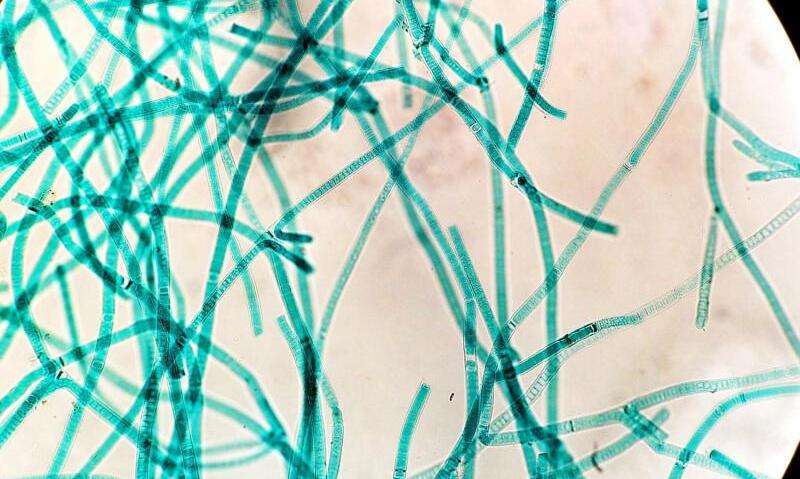Cyanobacteria from Lake Chad analyzed for toxins

Indigenous people near Lake Chad in Africa have historically used dried cakes called Dihe, made from aquatic cyanobacteria, to supplement their protein-deficient diets. However, Dihe wafers have not been previously analyzed for toxins that can contaminate samples of spirulina and other cyanobacterial-based food supplements. The Oregon Health Division has banned commercial products made from Aphanizomenon cyanobacteria which have more than 1 ug/g of the liver toxin microcystin.
Eighty years ago, French anthropologists recorded the widespread consumption of Dihe wafers made from Arthrospira cyanobacteria skimmed from the surface of Lake Chad. At the Brain Chemistry Labs in Jackson Hole, Wyoming, scientists wondered if Dihe cakes are indeed safe for human consumption. Ethnobotanist Dr. Paul Alan Cox explains, "We have studied human consumption of cyanobacteria in western China and the high mountains of Peru. In Africa, Dihe could be an important source of protein for undernourished villagers, but we wanted to know if it is toxin free."
Cyanotoxin expert Dr. James Metcalf led the toxinological analysis of Dihe wafers purchased in Chad makes at the Brain Chemistry Labs. "We were unable to detect the neurotoxin BMAA in the Chad samples, although we did find 5 out of 12 Dihe samples to have microcystin content greater than 1 ug/g, which suggests that seasonal monitoring of the toxin in Lake Chad should be implemented."
Offsetting these concerns were the scientists' finding that Dihe wafers are rich in dietary amino acids. "Amino acid analysis of the Lake Chad material indicates that this cyanobacterium is a rich source of amino acids and may help supplement the local people who are undernourished," the scientists wrote in a new paper published this week in Neurotoxicity Research.
"It appears that cyanobacteria wafers are consumed primarily by people somewhat distant from the lake, and not by those who live directly on the lake's shore," Cox said. "Further research is needed to find out why this is the case."
Dr. Metcalf agrees. "Ultimately, we have shown that people who live in Chad may be able to supplement their diet with locally-sourced cyanobacteria that could significantly add needed amino acids. However, regular monitoring of the toxin content is required to protect human health from long-term adverse effects."
More information: J. S. Metcalf et al, Cyanotoxin Analysis and Amino Acid Profiles of Cyanobacterial Food Items from Chad, Neurotoxicity Research (2020). DOI: 10.1007/s12640-020-00240-x


















